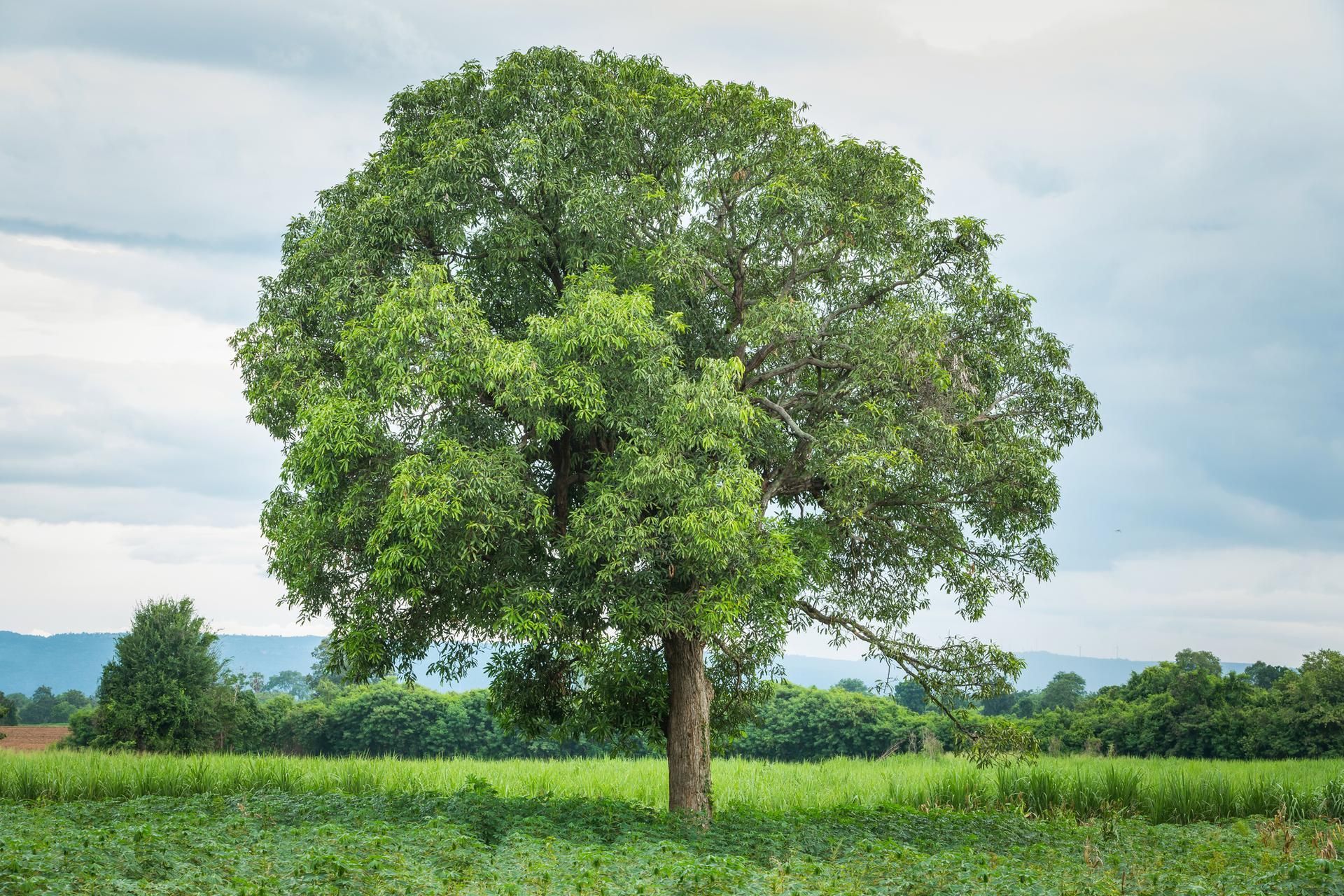Your Guide to Tree Pruning Methods
As a homeowner, taking care of the trees on your property is essential for their health and longevity. One of the most important maintenance tasks you can do is tree pruning. In this blog post, we will explore tree pruning methods such as crown reduction, uplifting, and thinning, as well as their benefits. By understanding these techniques, you will be better equipped to care for your trees and promote their growth and well-being.
Crown Reduction
Crown reduction involves selectively removing branches to reduce the overall size and density of the tree's canopy. This method is often used to improve the tree's structure, increase sunlight penetration, and reduce the risk of branches breaking or falling. Crown reduction is typically done in the late winter or early spring when the tree is dormant. By properly pruning the crown, you can help the tree maintain its shape and health for years to come.
Uplifting
Uplifting is another common tree pruning method that involves removing lower branches to raise the canopy of the tree. This technique is often used to improve visibility, increase clearance for vehicles or pedestrians, and prevent damage to structures. Uplifting is best done in the late winter or early spring before the tree starts to leaf out. By uplifting your trees, you can create a cleaner, more open space and reduce the risk of pests and diseases.
Thinning
Thinning is a pruning technique that involves selectively removing inner branches to reduce the density of the tree's canopy. This method is used to improve air circulation, increase sunlight penetration, and promote the growth of new branches. Thinning is typically done in the late winter or early spring to minimize stress on the tree. By thinning your trees, you can improve their overall health and appearance, as well as reduce the risk of disease and pest infestations.
Benefits of Tree Pruning
Tree pruning offers a wide range of benefits for both the tree and the homeowner. By pruning your trees regularly, you can promote healthy growth, improve structure and stability, and reduce the risk of damage during storms. Proper pruning can also enhance the aesthetic appeal of your property, increase property value, and prevent potential hazards. In addition, tree pruning can help to extend the life of your trees and ensure they continue to thrive for years to come.
When to Prune Trees
When you should prune your trees depends on the specific needs of the tree and the desired outcome. In general, it is best to prune trees in late winter or early spring when they are dormant. This helps to minimize stress on the tree and allows for new growth to emerge in the spring. However, some trees may benefit from pruning in the summer or fall to address specific issues such as disease or pest infestations. It is important to consult with a professional arborist to determine the best timing for pruning your trees based on their individual needs.
Tree pruning is an essential part of tree care and maintenance for homeowners. By understanding the different pruning methods, such as crown reduction, uplifting, and thinning, as well as their benefits, you can better care for your trees and promote their health and well-being. Whether you are looking to improve the structure of your trees, increase sunlight penetration, or prevent damage, proper pruning techniques can help you achieve your goals. Remember to consult with a professional arborist for advice on the best pruning methods and timing for your trees to ensure they remain healthy and beautiful for years to come.
Reach out to Atlas Tree Service, Inc. to learn which tree pruning method is right for you.










